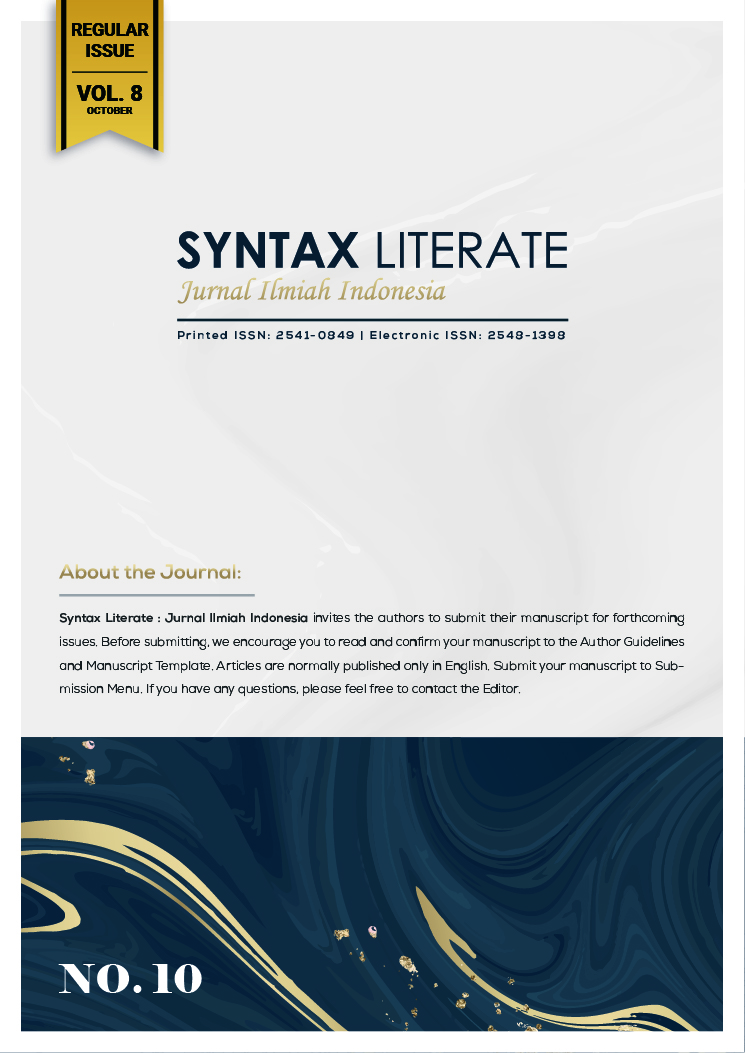Perbedaan Metode Pemeriksaan Berat Jenis Urine terhadap Hasil Pemeriksaan Berat Jenis Urine
Abstract
The specific gravity of urine can be used to determine the concentration and illusion capacity of the kidneys. Urine specific gravity examination can be performed using dipstick, refractometry and urinometry methods, although there are often discrepancies in results between dipstick, refractometry and urinometry methods. The purpose of this study was to determine the difference in the results of urine specific gravity (BJ) examination using various methods of examining urine BJ. This research method is Pre-Experiment with Posttest Only Design. The number of treatments is three, namely urine specific gravity examination of dipstick method, refractometry method and urinometry method. The results of the urine specific gravity examination were analyzed using the Kruskal-Wallis test, the results obtained were <α = 0.05, indicating that there were significant differences in the results of urine specific gravity examination using the dipstick, refractometry and urinometry methods. The mean result of urine specific gravity examination using the dipstick method is 1.010, the mean result of urine specific gravity examination using the refractometry method is 1.014, while the mean result of urine specific gravity examination using the urinometer method is 1.007. The difference in results in the examination methods carried out can be caused by several factors such as, the content in urine, the type of urine collection used in this study using temporary urine, the length of time for reading, and urine temperature.
Downloads
Copyright (c) 2023 Anky Frasatya, Erlin Yustin Tatontos, Urip

This work is licensed under a Creative Commons Attribution-ShareAlike 4.0 International License.











